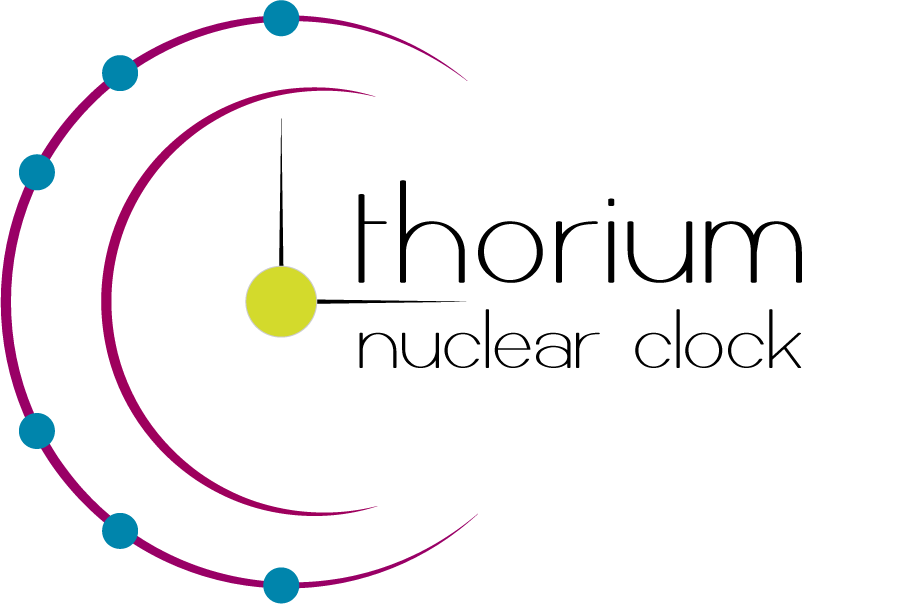Marianna Safronova and colleagues from the University of Delaware have published new findings on the relaxation at the luminosity and precision frontiers:
Cosmological relaxation of the electroweak scale is an attractive scenario addressing the gauge hierarchy problem. Its main actor, the relaxion, is a light spin-zero field which dynamically relaxes the Higgs mass with respect to its natural large value. We show that the relaxion is generically stabilized at a special position in the field space, which leads to suppression of its mass and potentially unnatural values for the model’s effective low-energy couplings. In particular, we find that the relaxion mixing with the Higgs can be several orders of magnitude above its naive naturalness bound. Low energy observers may thus find the relaxion theory being fine-tuned although the relaxion scenario itself is constructed in a technically natural way. More generally, we identify the lower and upper bounds on the mixing angle. We examine the experimental implications of the above observations at the luminosity and precision frontiers. A particular attention is given to the impressive ability of future nuclear clocks to search for rapidly oscillating scalar ultra-light dark matter, where the future projected sensitivity is presented.



